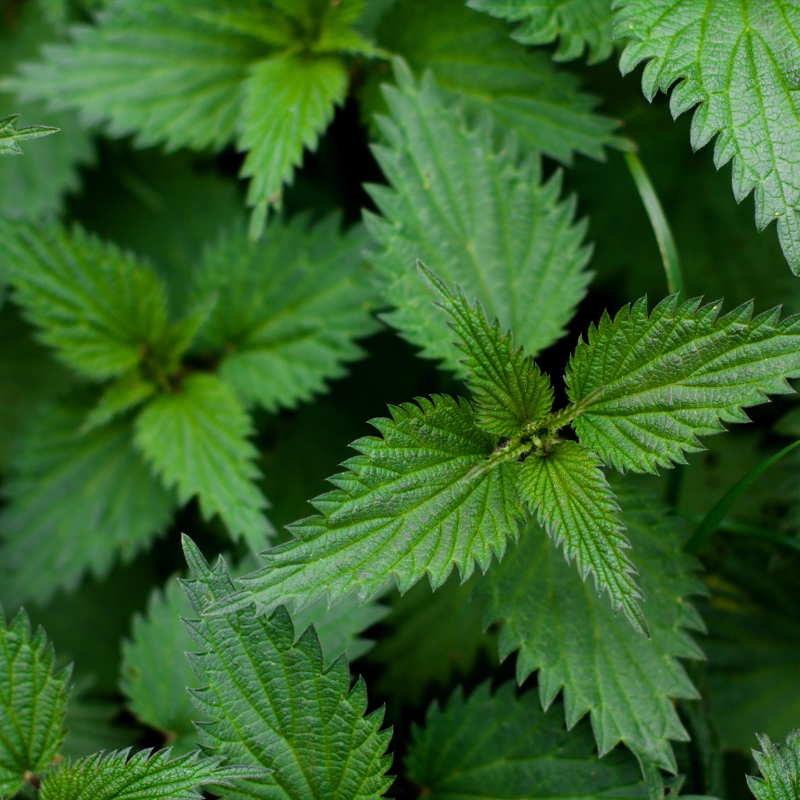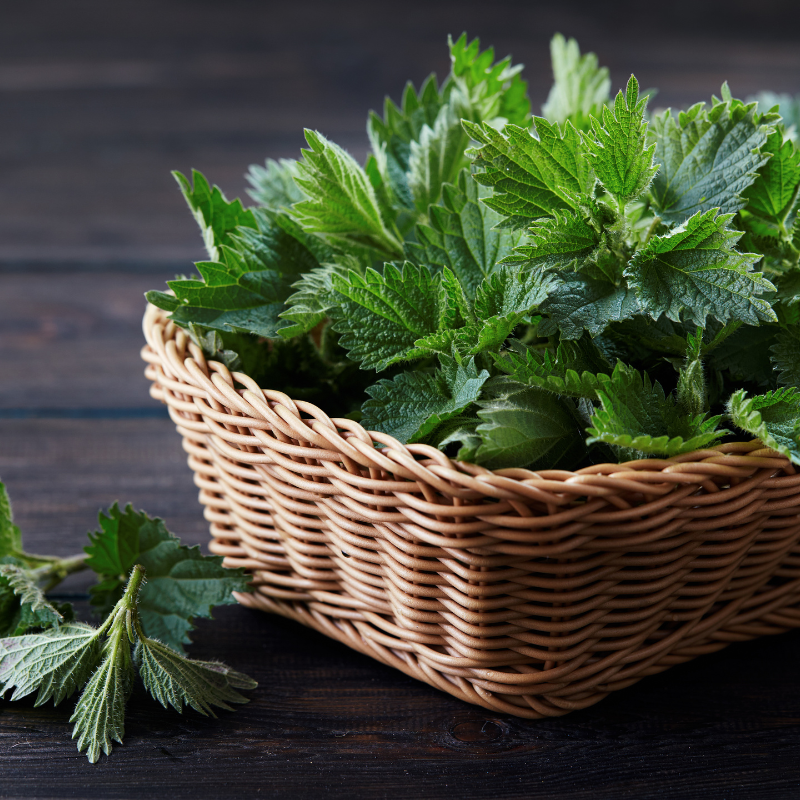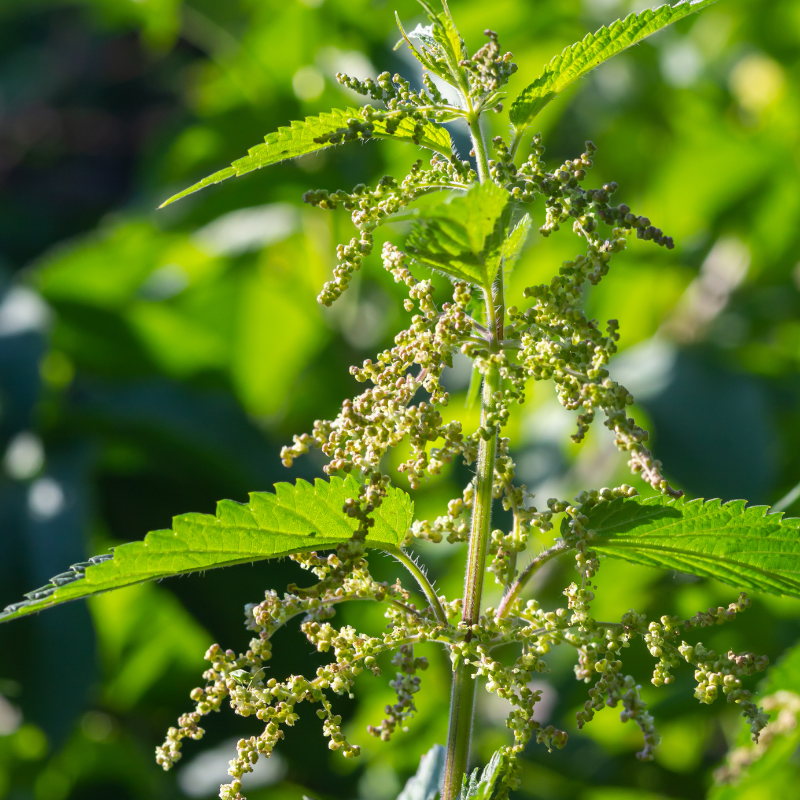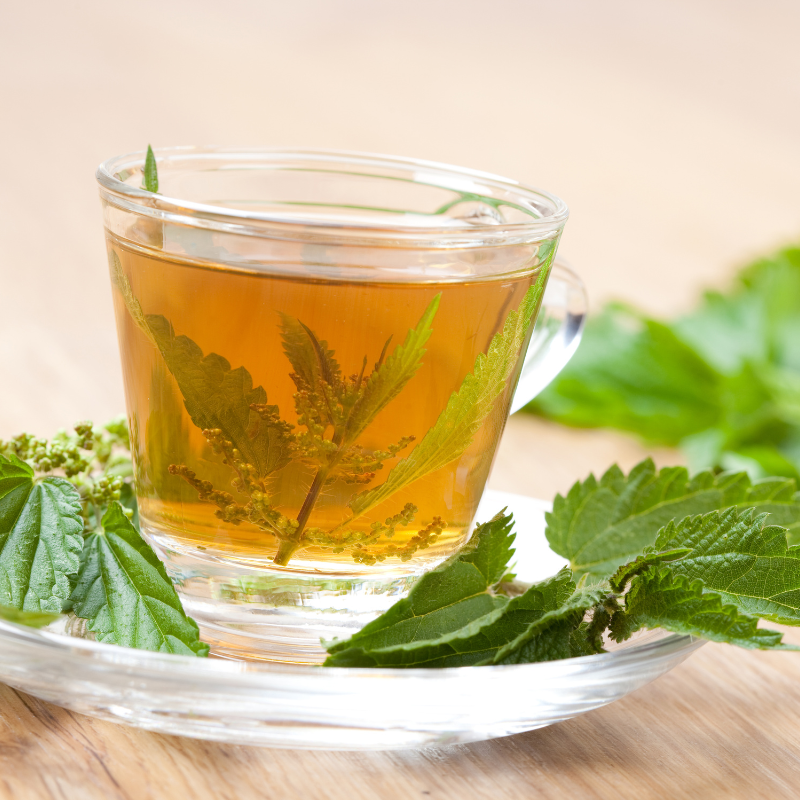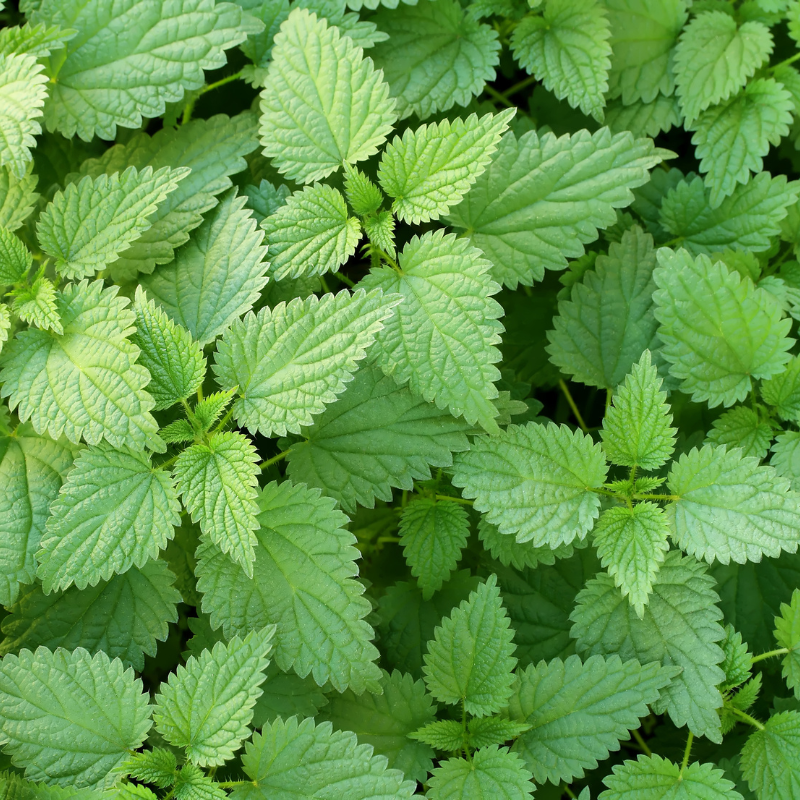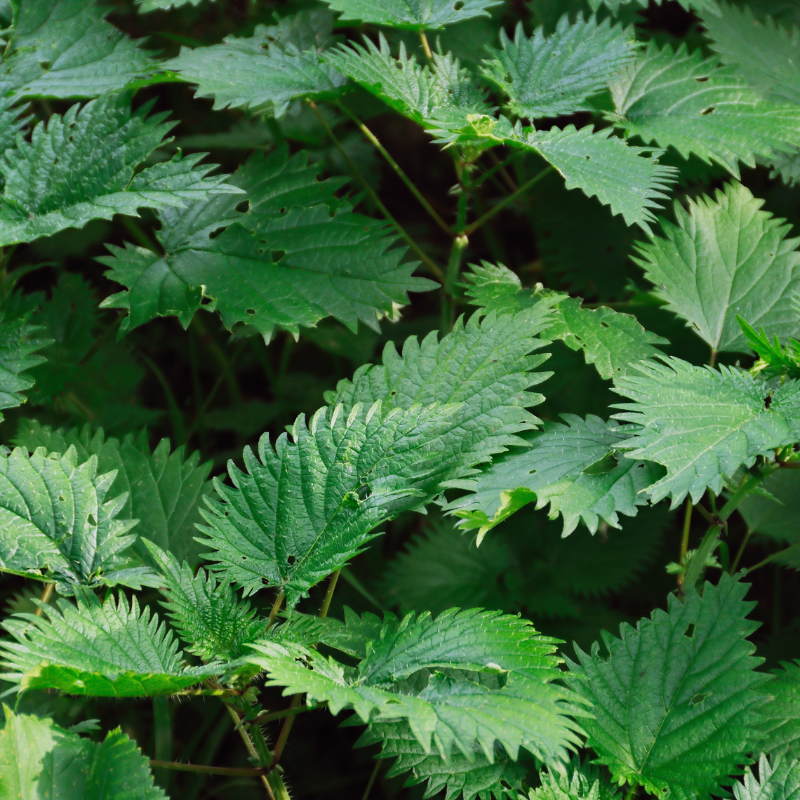Stinging Nettle (Urtica dioica) Seeds
Urtica dioica, commonly known as Stinging Nettle, is a perennial herbaceous plant from the Urticaceae family. Native to Europe, Asia, North America, and parts of Africa, it is widely recognized for its medicinal, culinary, and ecological benefits. With its nutrient-rich leaves and versatile uses, this hardy plant is valued both as a wild edible and a traditional remedy.
Characteristics:
• Plant Description: Stinging Nettle grows to a height of 1–2 meters, with serrated, heart-shaped green leaves and small, inconspicuous greenish flowers. The stems and leaves are covered in fine, stinging hairs that release an irritant when touched, hence the plant’s name.
• Growth Habit: It thrives in nutrient-rich, moist soils and spreads through both seeds and rhizomes, forming dense patches.
• Climate Tolerance: Adaptable to temperate climates, Stinging Nettle can be found in gardens, along riverbanks, and in woodlands.
Uses and Benefits:
• Nutritional Value: The young leaves are a rich source of vitamins A, C, and K, as well as calcium, iron, and protein. They are often used in soups, teas, and other recipes after cooking or drying to neutralize the sting.
• Medicinal Properties: Used in traditional medicine to treat inflammation, arthritis, allergies, and as a natural diuretic. Nettle tea is also known to boost energy and improve overall well-being.
• Ecological Role: A host plant for several butterfly species, including the Small Tortoiseshell and Peacock, making it a valuable addition to wildlife-friendly gardens.
• Soil Health: Helps improve soil fertility by accumulating essential nutrients like nitrogen.
Cultivation:
• Sowing: Sow seeds in autumn or early spring directly into moist, fertile soil. Lightly cover the seeds, as they need some exposure to light to germinate. Germination occurs within 14–21 days.
• Growth Conditions: Prefers full sun to partial shade and thrives in damp, rich soils. Once established, the plant requires minimal care.
• Maintenance: Regular harvesting of leaves encourages new growth. Take care to wear gloves when handling the plant to avoid irritation.
Unique Features:
• Versatile Plant: Used in food, medicine, and even textiles, where its fibers are processed to create fabric.
• Pollinator and Wildlife Support: Attracts beneficial insects and serves as a habitat for native species.
• Self-Sustaining Growth: Once established, it spreads easily, making it an ideal plant for permaculture systems.
Shipping:
Available for shipping within India and worldwide. Orders are typically dispatched within 1–2 weeks.
From Deodar Seeds Company.
Urtica dioica, commonly known as Stinging Nettle, is a perennial herbaceous plant from the Urticaceae family. Native to Europe, Asia, North America, and parts of Africa, it is widely recognized for its medicinal, culinary, and ecological benefits. With its nutrient-rich leaves and versatile uses, this hardy plant is valued both as a wild edible and a traditional remedy.
Characteristics:
• Plant Description: Stinging Nettle grows to a height of 1–2 meters, with serrated, heart-shaped green leaves and small, inconspicuous greenish flowers. The stems and leaves are covered in fine, stinging hairs that release an irritant when touched, hence the plant’s name.
• Growth Habit: It thrives in nutrient-rich, moist soils and spreads through both seeds and rhizomes, forming dense patches.
• Climate Tolerance: Adaptable to temperate climates, Stinging Nettle can be found in gardens, along riverbanks, and in woodlands.
Uses and Benefits:
• Nutritional Value: The young leaves are a rich source of vitamins A, C, and K, as well as calcium, iron, and protein. They are often used in soups, teas, and other recipes after cooking or drying to neutralize the sting.
• Medicinal Properties: Used in traditional medicine to treat inflammation, arthritis, allergies, and as a natural diuretic. Nettle tea is also known to boost energy and improve overall well-being.
• Ecological Role: A host plant for several butterfly species, including the Small Tortoiseshell and Peacock, making it a valuable addition to wildlife-friendly gardens.
• Soil Health: Helps improve soil fertility by accumulating essential nutrients like nitrogen.
Cultivation:
• Sowing: Sow seeds in autumn or early spring directly into moist, fertile soil. Lightly cover the seeds, as they need some exposure to light to germinate. Germination occurs within 14–21 days.
• Growth Conditions: Prefers full sun to partial shade and thrives in damp, rich soils. Once established, the plant requires minimal care.
• Maintenance: Regular harvesting of leaves encourages new growth. Take care to wear gloves when handling the plant to avoid irritation.
Unique Features:
• Versatile Plant: Used in food, medicine, and even textiles, where its fibers are processed to create fabric.
• Pollinator and Wildlife Support: Attracts beneficial insects and serves as a habitat for native species.
• Self-Sustaining Growth: Once established, it spreads easily, making it an ideal plant for permaculture systems.
Shipping:
Available for shipping within India and worldwide. Orders are typically dispatched within 1–2 weeks.
From Deodar Seeds Company.
Stinging Nettle, Urtica dioica seeds - 1000
- Brand: Deodar Seeds
- Product Code: HER51.1
- Availability: In Stock
₹588.00



